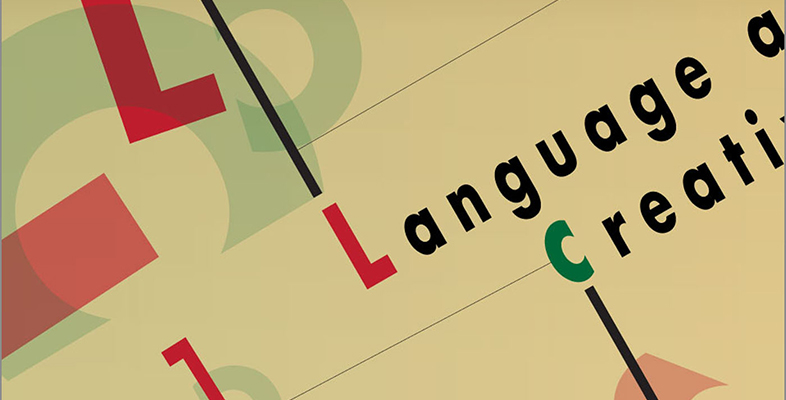3 Three lenses with which to explore linguistic creativity
This section introduces the three ‘lenses’ referred to in Section 1 as ways of exploring different dimensions of linguistic creativity in all types of text.
As mentioned above, traditionally, linguistic creativity was associated with canonical literature, where it was assumed that literary language was categorically different from language used in more everyday contexts. This assumption led to efforts by a group of scholars, known as the Russian Formalists, in the early twentieth century to try to identify the characteristics of literary language. Although the view that literary language and everyday language are fundamentally different is no longer the dominant view (Jeffries and McIntyre, 2010), these early investigations into the properties of literary language nonetheless resulted in influential ways of describing, comparing and analysing language itself as creative. This forms the basis of the first lens for exploring linguistic creativity: the textual lens.
Work from the latter half of the twentieth century onwards, in the fields of linguistic anthropology and sociolinguistics, highlighted the idea that human communication is more than just language itself. The social, cultural and historical context within which communication takes place interacts with how communication happens and what it is for. Communication is not just a simple transmission of information, but a way of achieving things: building and maintaining relationships, and constructing identities and the world (the context) around us. It is also fundamentally interactive. Such an appreciation of the inextricability of language from its context of use gives us the second lens with which to view linguistic creativity: the contextual lens.
The final lens also comes from an appreciation of context, but it questions the values and assumptions embedded in that context. This is the idea that concepts, definitions, the things around us and our reactions to them need to be ‘unpacked’ in order to be properly understood. Some of the questions in the previous discussions of examples fall into this tradition: Who decides what counts as good or appropriate? What are the broader societal effects of linguistic creativity, and how is it valued? This is the critical lens.
